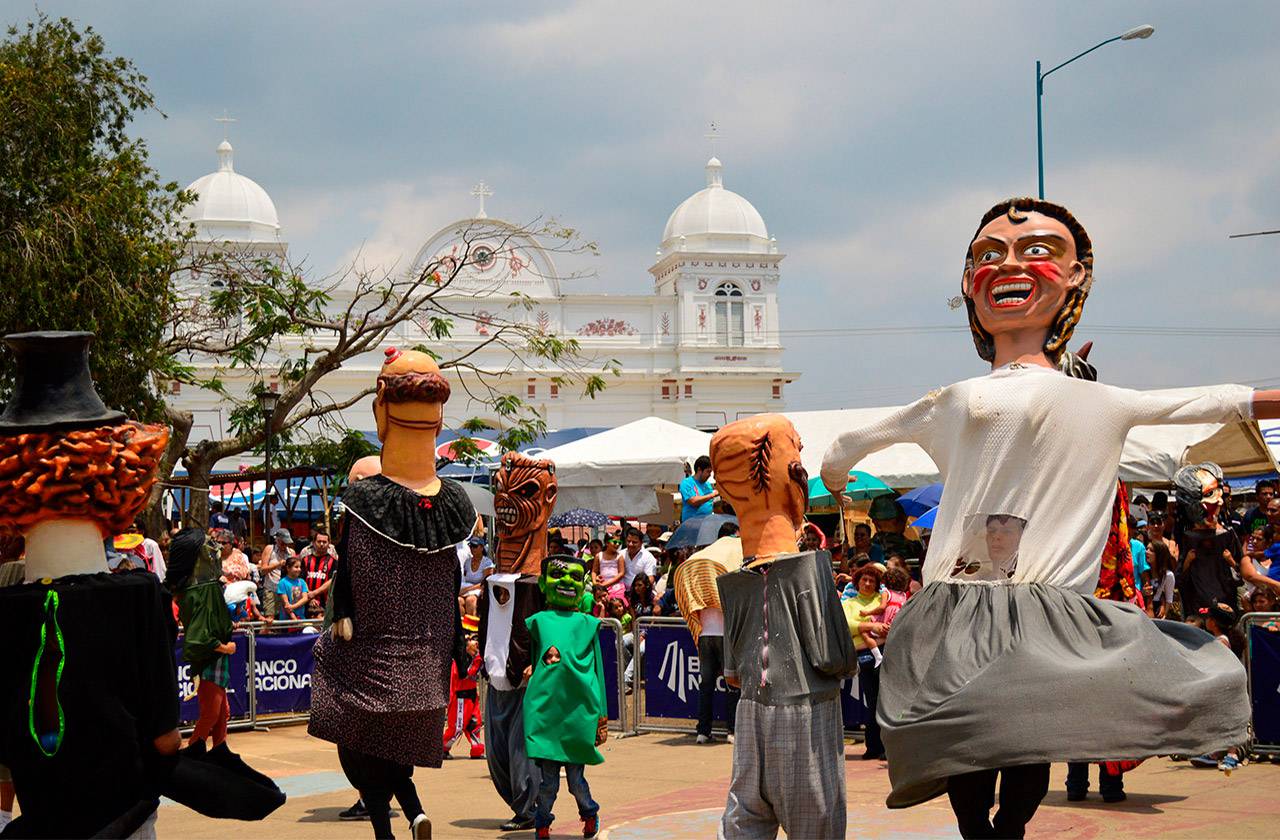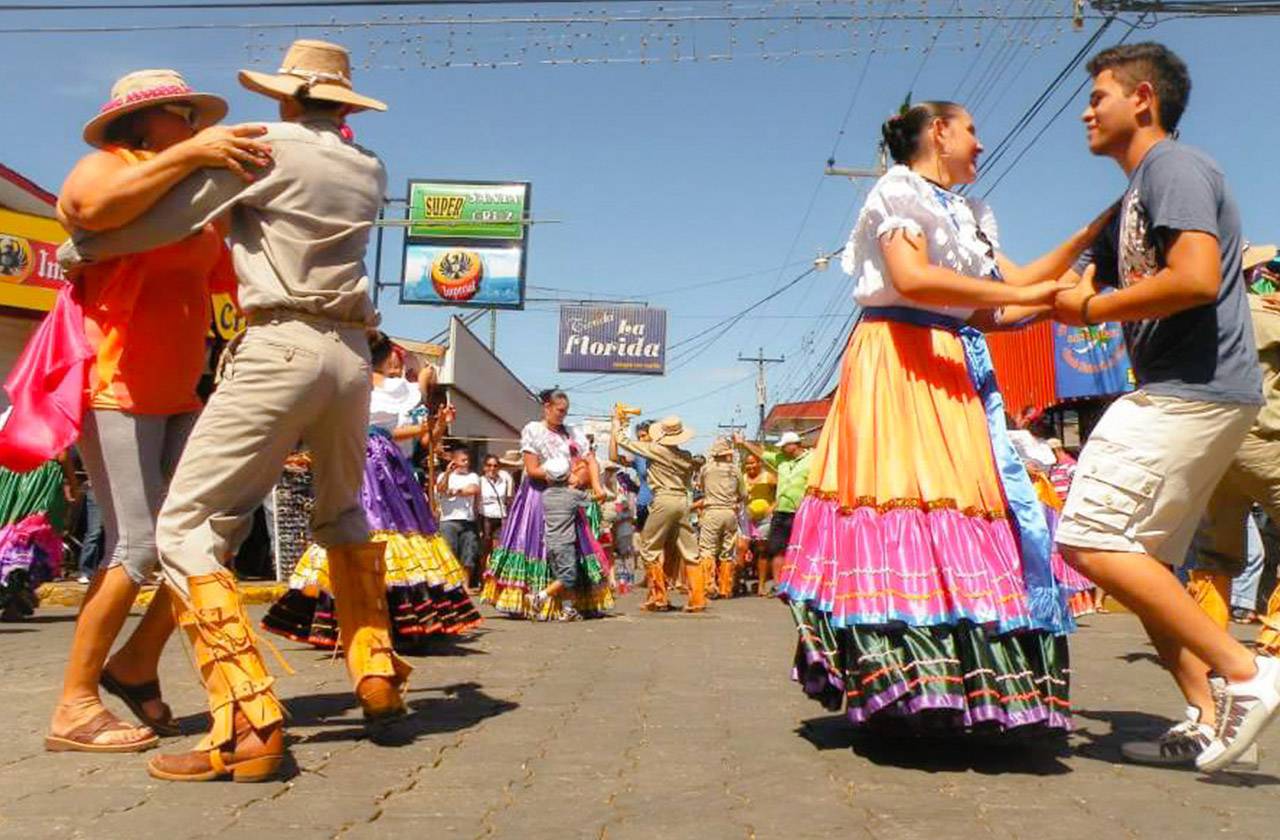The Vibrant Tapestry of “Día Festivo” in Costa Rica: A Celebration of Life
Costa Rica, a land of breathtaking biodiversity and “pura vida,” pulses with a vibrant energy that’s most palpable during its “días festivos,” or holidays. These celebrations are more than just days off; they’re windows into the nation’s soul, reflecting its rich history, deep-rooted traditions, and unwavering spirit of community. From somber religious observances to exuberant cultural festivals, each “día festivo” paints a unique stroke on the canvas of Costa Rican identity.
Costa Rica, with its predominantly Catholic population, observes several religious holidays with fervent devotion. These days are marked by solemn processions, heartfelt prayers, and a strong sense of spiritual unity.
Semana Santa (Holy Week)

Perhaps the most significant religious observance is Semana Santa, the week leading up to Easter. This period is characterized by a profound sense of piety, with many Costa Ricans taking time off work and school to participate in religious activities.
Palm Sunday (Domingo de Ramos): The week begins with processions commemorating Jesus’s entry into Jerusalem. Participants carry palm fronds, often intricately woven into crosses or other symbolic shapes.
Christmas (Navidad)
Christmas in Costa Rica is a time of warmth, family, and festive cheer. The holiday season officially begins on December 1st, and the celebrations continue until January 6th, Three Kings Day.
December 24th (Nochebuena): Families gather for a traditional Christmas Eve dinner, often featuring “tamales,” corn dough filled with meat and vegetables, and “pierna de cerdo,” roasted pork leg.
Día de la Virgen de los Ángeles (Day of the Virgin of the Angels)

Celebrated on August 2nd, this holiday honors Costa Rica’s patron saint, the Virgin of the Angels. Thousands of pilgrims make their way to the Basilica of Our Lady of the Angels in Cartago, often walking for days to express their faith and seek blessings.
Beyond religious observances, Costa Rica also commemorates significant moments in its history and celebrates its national identity through various civic holidays.
Independence Day (Día de la Independencia)
September 15th marks Costa Rica’s independence from Spain. This is a day of national pride, celebrated with parades, patriotic speeches, and the lighting of lanterns.
The Torch of Independence (Antorcha de la Independencia): A torch is carried from Guatemala through Central America, arriving in Cartago on September 14th. This symbolic relay represents the spread of the message of independence.
Juan Santamaría Day (Día de Juan Santamaría)
Observed on April 11th, this holiday honors Juan Santamaría, a national hero who played a crucial role in the fight against William Walker and his filibusters in 1856.
Alajuela Celebrations: The city of Alajuela, Santamaría’s birthplace, is the epicenter of the celebrations. Parades, speeches, and cultural events are held to commemorate his bravery.
Labor Day (Día del Trabajador)
May 1st is a day to celebrate the contributions of workers to Costa Rican society. Labor unions organize marches and rallies, and speeches are given to advocate for workers’ rights.
Costa Rica’s cultural richness is further showcased in a variety of regional and local festivals, each offering a unique glimpse into the traditions and customs of different communities.
Limón Carnival (Carnaval de Limón)
Held in October, this vibrant carnival celebrates the Afro-Caribbean culture of the Limón province. It features colorful parades, lively music, and delicious Caribbean cuisine.
Calypso and Reggae Rhythms: The carnival is infused with the infectious rhythms of calypso and reggae music, reflecting the region’s cultural heritage.
Palmares Festival (Fiestas de Palmares)
Held in January, this two-week festival in Palmares is one of Costa Rica’s largest and most popular celebrations. It features bull riding, concerts, carnival rides, and a wide array of food and drink.
Bull Riding (Toros a la Tica): Unlike traditional bullfighting, Costa Rican bull riding focuses on the rider’s ability to stay on the bull as long as possible.
Día del Boyero (Oxcart Driver’s Day)
Celebrated in various towns throughout Costa Rica, particularly in Escazú, this holiday honors the oxcart drivers who played a vital role in the country’s transportation history.
Oxcart Parades: Elaborately decorated oxcarts, often painted with intricate designs, parade through the streets.
What truly sets Costa Rican “días festivos” apart is the pervasive spirit of “pura vida,” a philosophy that embraces life’s simple pleasures and emphasizes happiness and well-being. This spirit is evident in the warm hospitality, the infectious laughter, and the unwavering sense of community that characterize every celebration.
Family and Community: “Días festivos” are a time for families and friends to come together, strengthen bonds, and create lasting memories.
In conclusion, “días festivos” in Costa Rica are more than just days marked on a calendar; they are vibrant expressions of the nation’s identity, history, and culture. From the solemnity of religious observances to the exuberance of cultural festivals, each celebration offers a unique glimpse into the heart of this remarkable country. By embracing the spirit of “pura vida,” Costa Ricans transform these holidays into unforgettable experiences that celebrate life, community, and the enduring beauty of their homeland.



